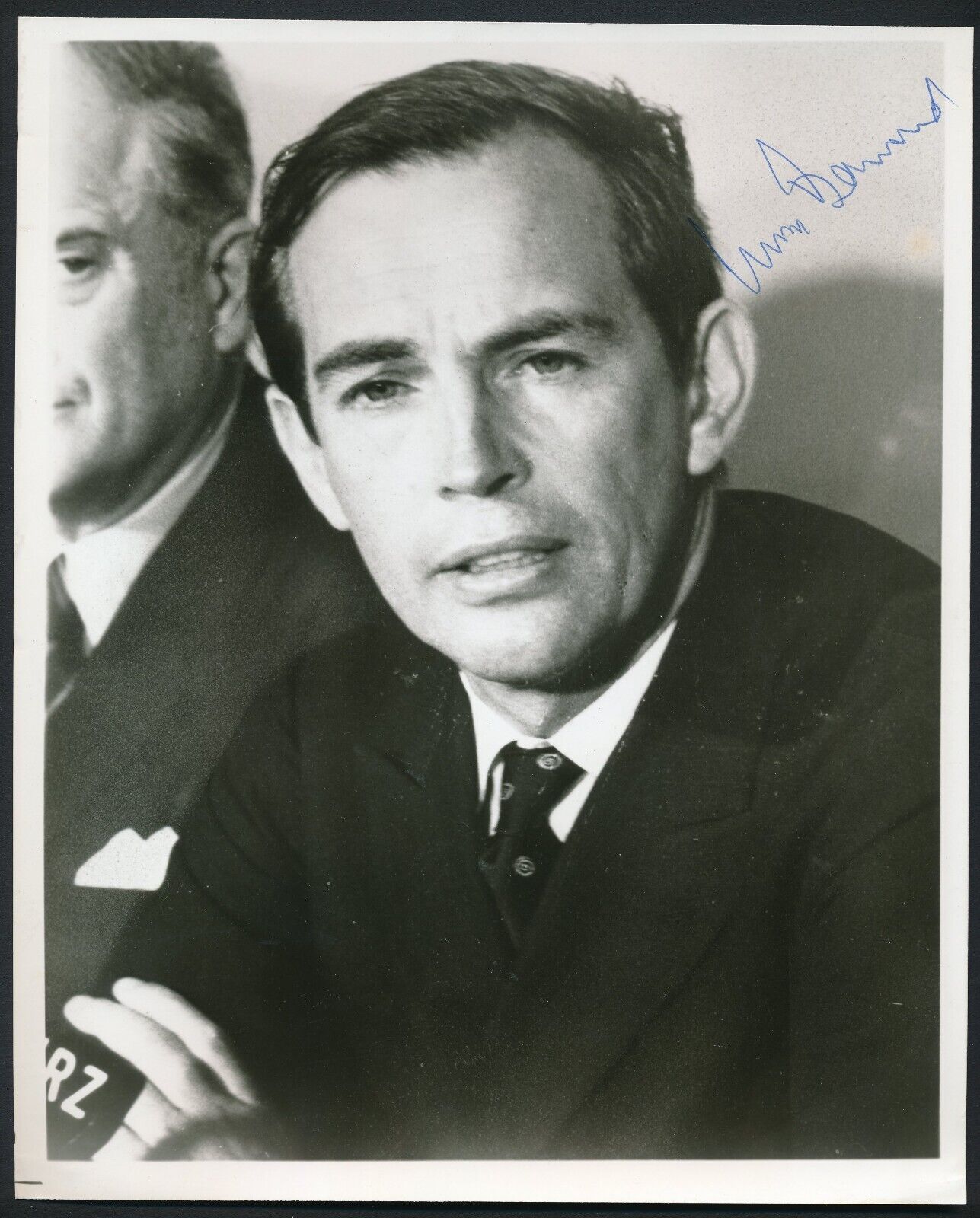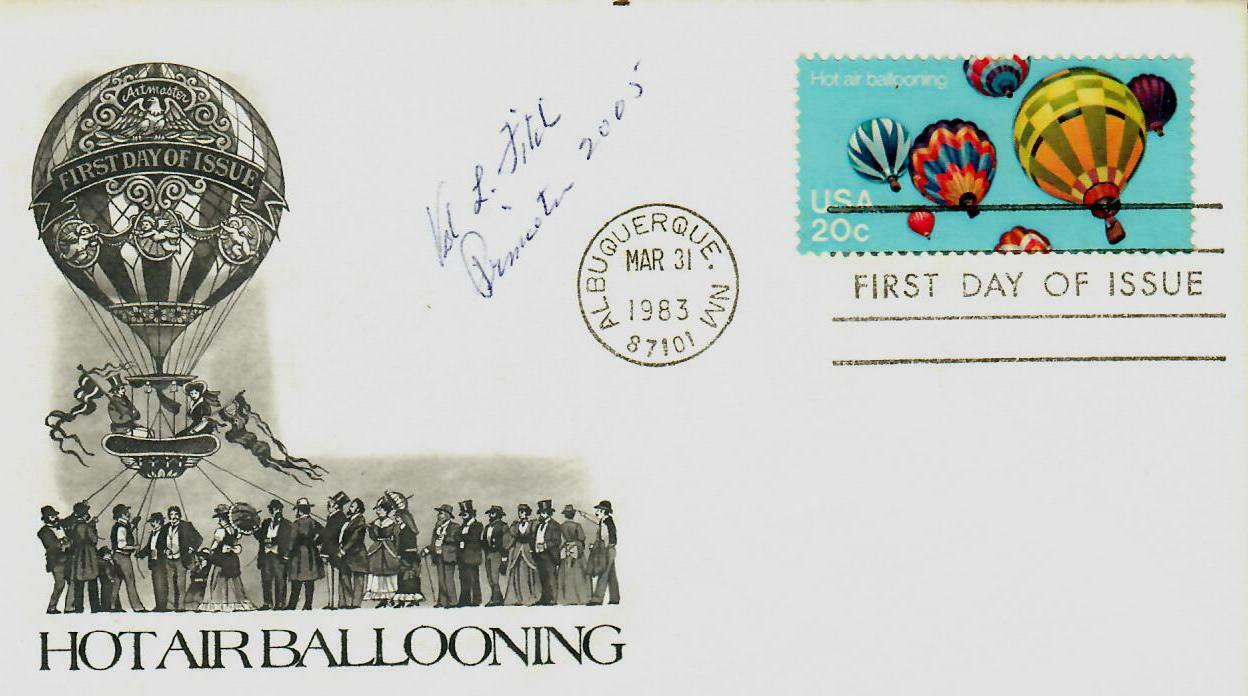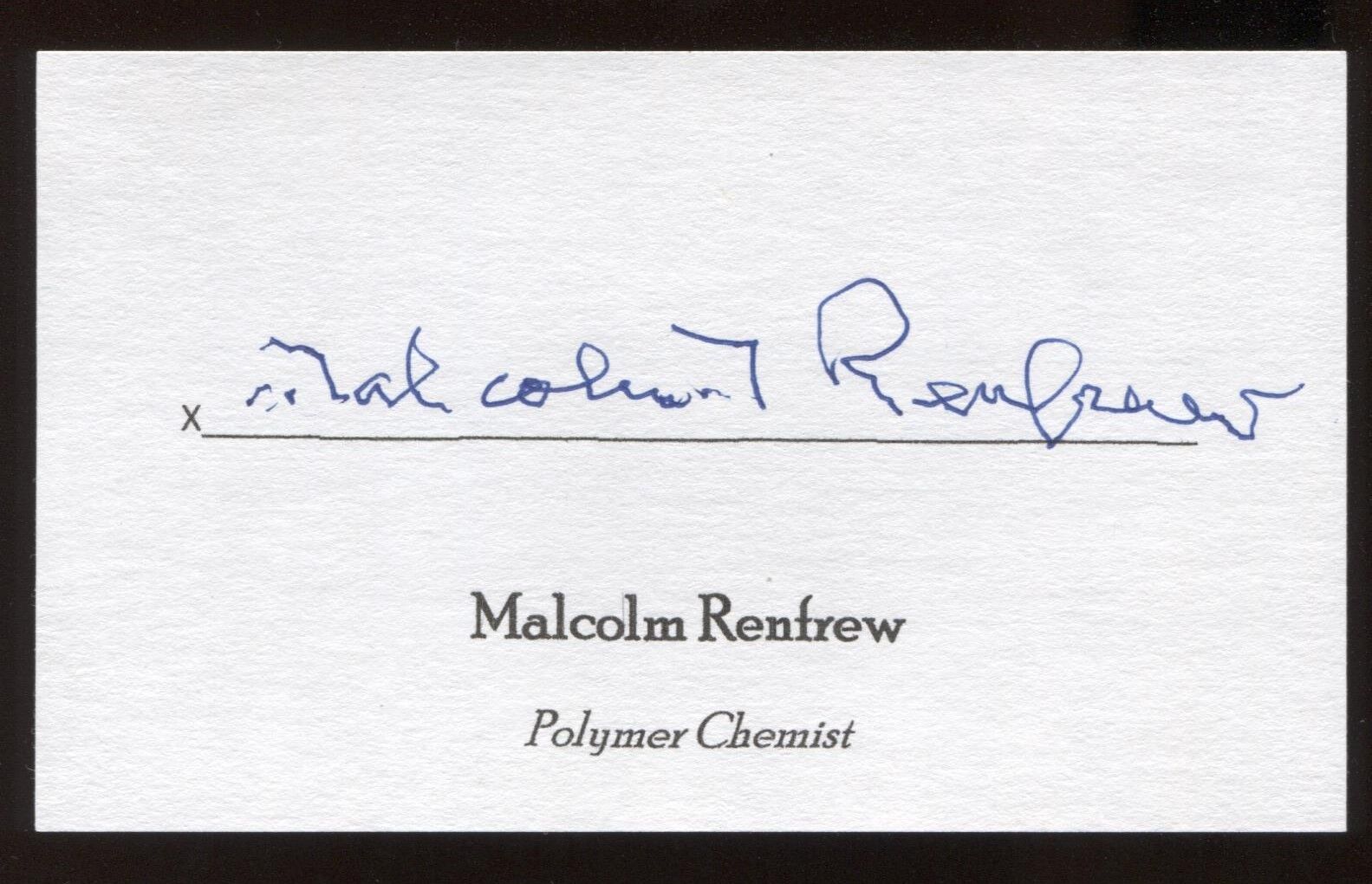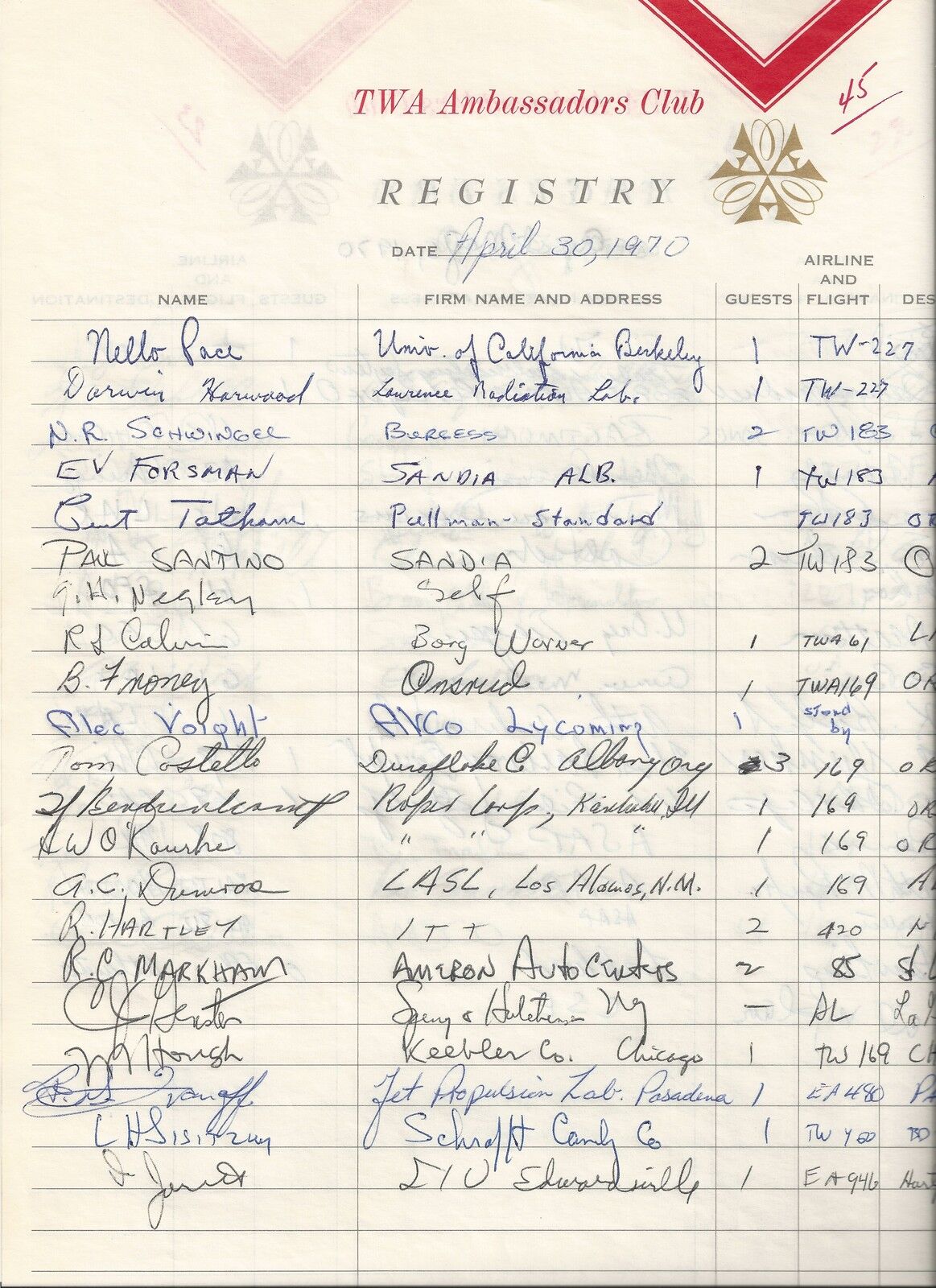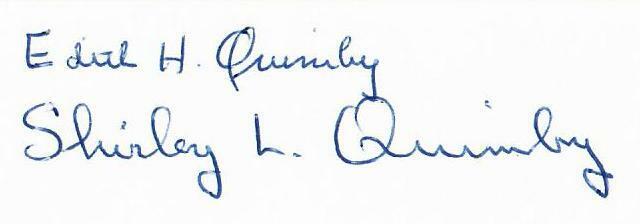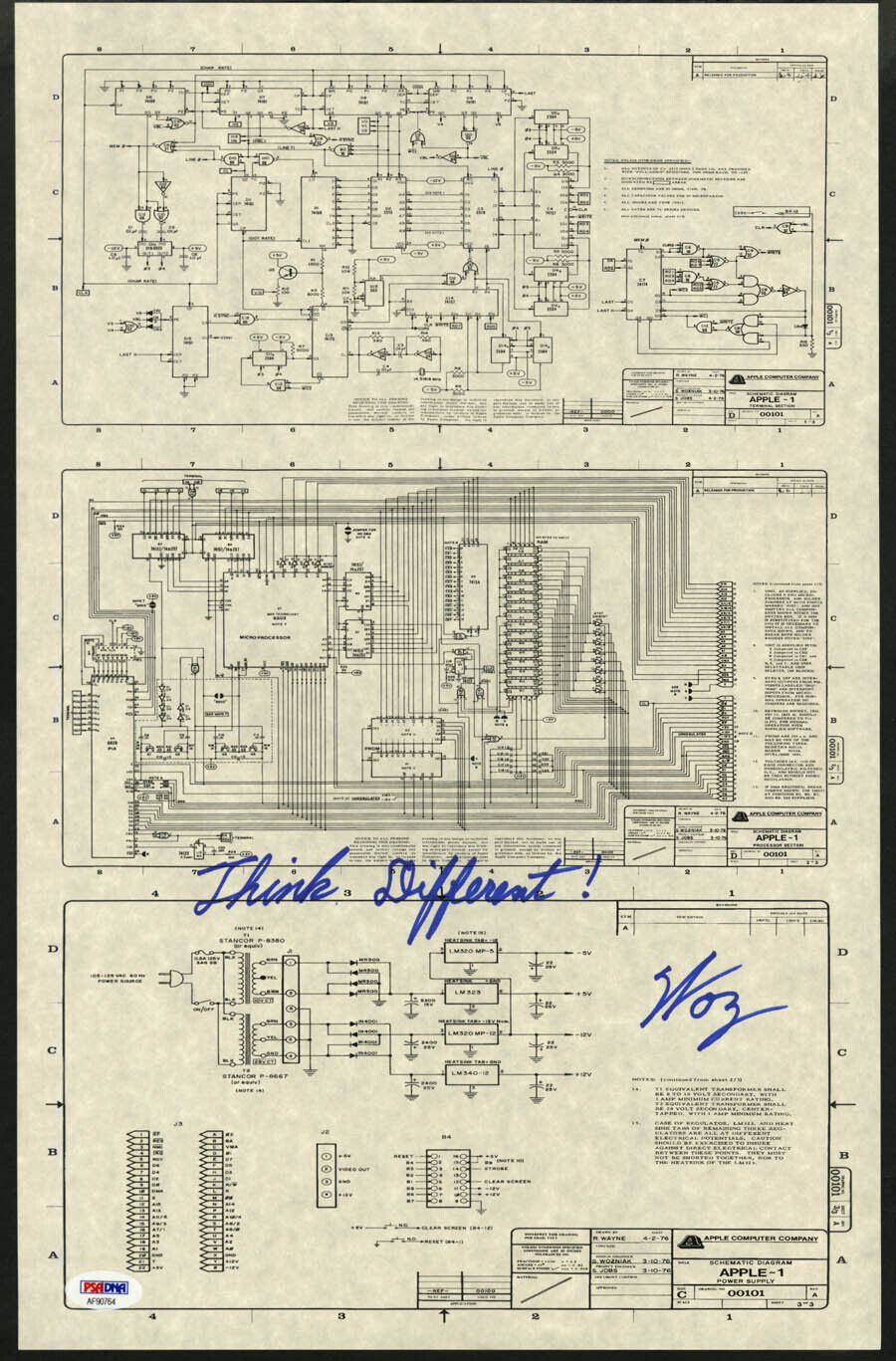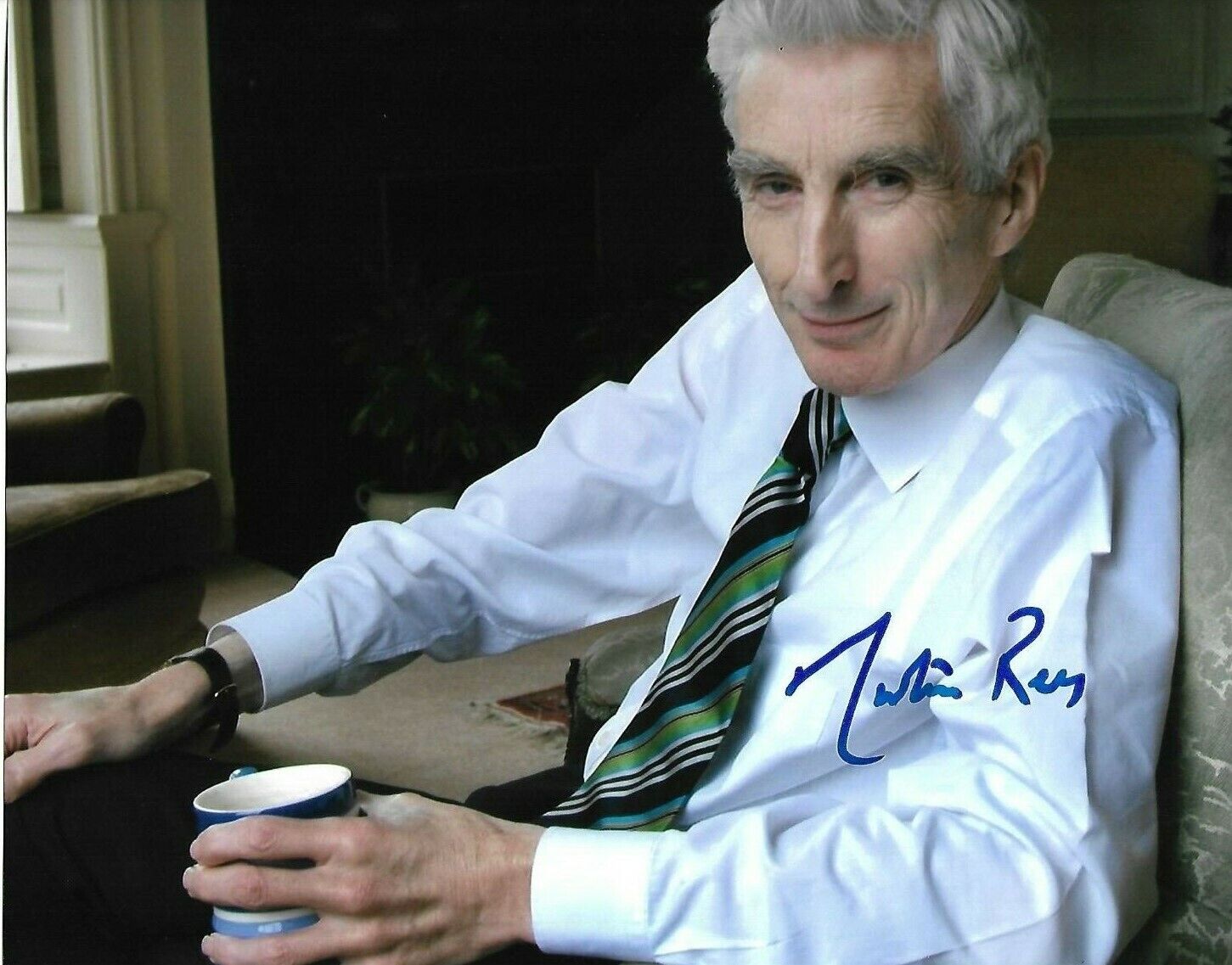-40%
RARE! "Gas Laser" Ali Javan Hand Signed Announcement Todd Mueller COA
$ 316.79
- Description
- Size Guide
Description
Up for auction aRARE! "Gas Laser" Ali Javan Hand Signed Announcement.
This item is authenticated By Todd Mueller Autographs and comes with their certificate of authenticity.
ES-6637E
Ali Javan
(
Persian
:
علی جوان
,
romanized
:
Ali Javān
; December 26, 1926 – September 12, 2016) was an
Iranian-American
physicist
and
inventor
. He was the first to propose the concept of the
gas laser
in 1959 at the
Bell Telephone Laboratories
. A successful prototype, constructed by him in collaboration with
W. R. Bennett, Jr.
, and
D. R. Herriott
was demonstrated in 1960. His other contributions to science have been in the fields of
quantum physics
and
spectroscopy
.
Ali Javan was born in
Tehran
to
Iranian Azerbaijani
parents originally from
Tabriz
.
[3]
He attended a school conducted by
Zoroastrians
. He graduated from
Alborz High School
, and started his university studies at the School of Science at the
University of Tehran
for a year. During a visit to New York in 1948, he attended several graduate courses at
Columbia University
. He received his Ph.D. in 1954 under his thesis advisor
Charles Townes
without having received a bachelor's or master's degree. In 1955, Javan held a position as a Post Doctoral in the Radiation Laboratory and worked with Townes on the
atomic clock
research, and used the microwave atom beam spectrometer to study the hyperfine structure of atoms like copper and thallium. In 1957, he published a paper on the theory of a three-level maser, and his discovery of the stimulated Raman effect that a Stokes-shifted Raman transition can produce amplification without requiring a population inversion. The effect was the precursor of a class of effects known as
Lasers Without Inversion
, or the LWI effect. He joined
Bell Telephone Laboratories
in 1958 shortly after he conceived the working principle of his gas discharge
Helium Neon laser
, and subsequently submitted his paper for publication which was reviewed by
Samuel Goudsmit
in 1960.
Javan's gas laser was the first continuously operating laser. It operated with a very low energy input of about 25 watts or 50 watts in the first model, compared to thousands of watts required for the
ruby lasers
to produce short bursts. The output laser power was ~ 1 milliwatt. In addition, the ruby laser is greatly surpassed in the narrowness of its output of wavelengths by the gas laser. Its beam of infrared light was slightly less than half an inch wide and spread no more than a foot over a distance of a mile. Just one day after its realization, the laser was used to transmit a telephone call. Javan later described the moment: "I put in a call to the lab. One of the team members answered and asked me to hold the line for a moment. Then I heard a voice [Mr. Balik], somewhat quivering in transmission, telling me that it was the laser light speaking to me." In 1966, Ali Javan and
Theodore Maiman
split a cash award presented to them by
President Johnson
honoring their work. In 1971, he became the director of
Symposium on Laser Physics
, which was held on the campus of
University of Isfahan
. Javan carried out the first demonstration of optical heterodyne beats with lasers in 1961. Another major experiment was his observation of the detuning dip called the Lamb dip while scanning the frequency of a single-mode laser across the Doppler-broadened gain profile. Ali Javan and his colleagues pioneered in stabilizing laser frequencies with techniques utilizing the Lamb dip. In 1964, Javan and Townes devised experiments using lasers to test
special relativity
including a variant of the
Michelson-Morley
ether drift experiment to study the anisotropy of space. Javan's group repeated the Michelson-Morley experiment with a new order of accuracy by turning their lasers in different directions with respect to the earth's motion. Any change in the velocity of light would show up as a change in the frequency of the output beam. The apparatus used was sensitive enough to detect a change as small as 0.03 millimeter per second (compared to the accuracy of 150 millimeters per second attained by
Albert A. Michelson
).At MIT in the early 1960s, Ali Javan started a research project aimed at extending microwave frequency-measuring techniques into the infrared. He introduced the concept of an optical antenna of several wavelengths long which enables the near-complete confinement of an incident optical field coupled to it, and forming the antenna in nanoscale. For the first time an antenna was used to receive light and to transmit it to an infinitesimal receiving structure at its tip, observable only with an electron microscope.
[4]
:46
The antenna responded to infrared laser light and generated current vibrating at the frequencies of the incident beams. According to
John L. Hall
, during the 1962 American Physical Society meeting, Javan played a recording of the actual audio beat frequency between two of his lasers when they were tuned almost to the same optical frequency. Using this method Javan developed the first absolutely accurate measurement of the
speed of light
. Javan first worked at Massachusetts Institute of Technology as an associate professor of physics in 1961 and has remained Francis Wright Davis Professor Emeritus of physics since 1964. He continued researching into the area of "optical electronics", which envisions scaling electronic elements in such a way that they would be capable of handling frequencies as high as visible optical radiation frequencies. Javan died on September 12, 2016. He is survived by his wife, Marjorie, and by their two daughters, Lila and Maia.


